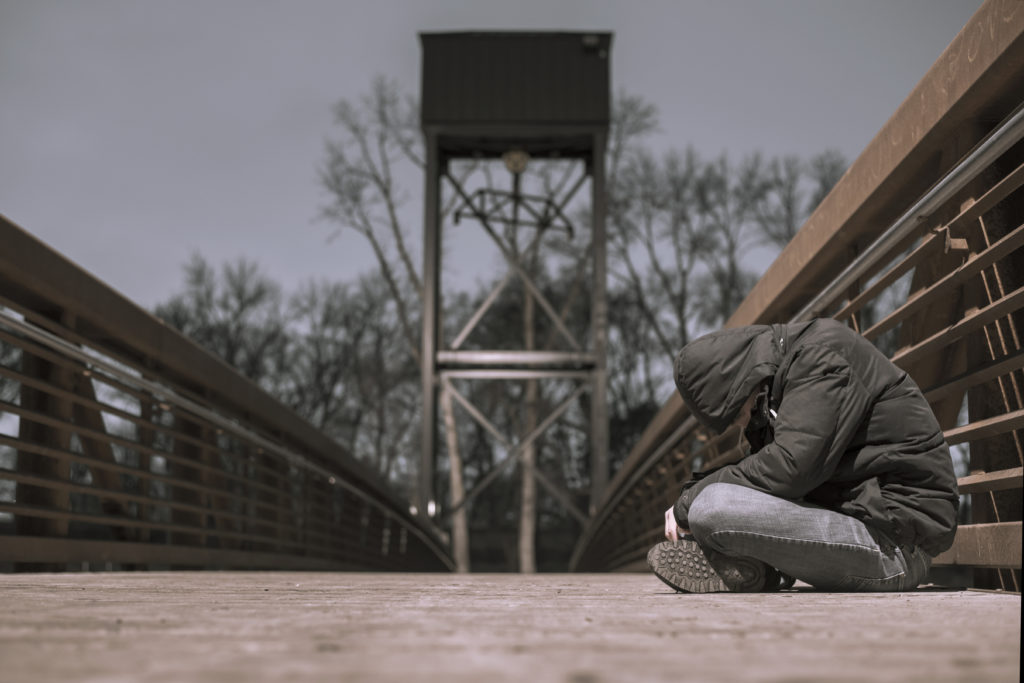Facebook is everywhere and has been since it opened to everyone in 2006. You have an account, your mom probably has an account, and the local coffee shop you frequent has an account. It’s a place where people share opinions, pictures and stories with their friends and family. But for prospective and current foster, adoptive and kinship parents, Facebook is much more.

Foster, adoptive and kinship parents across the country face a unique set of challenges that most of the general public wouldn’t understand. Whether it’s the complicated licensing process, the myriad of policy issues or the foster care placement procedure, foster parents are confronted with an intricate government system that often varies state by state.
While helpful resources are available, many prospective and current foster parents are turning to each other on Facebook for guidance, understanding and acceptance through their fostering journey. Nationally, foster parents turn to the Facebook pages of organizations like The National Foster Parent Association for information on foster care specific topics such as aging out and multigenerational care. This page, like many other organizational Facebook pages, is a place where previously published information is gathered from across the internet and published in one convenient place. Continue reading →






